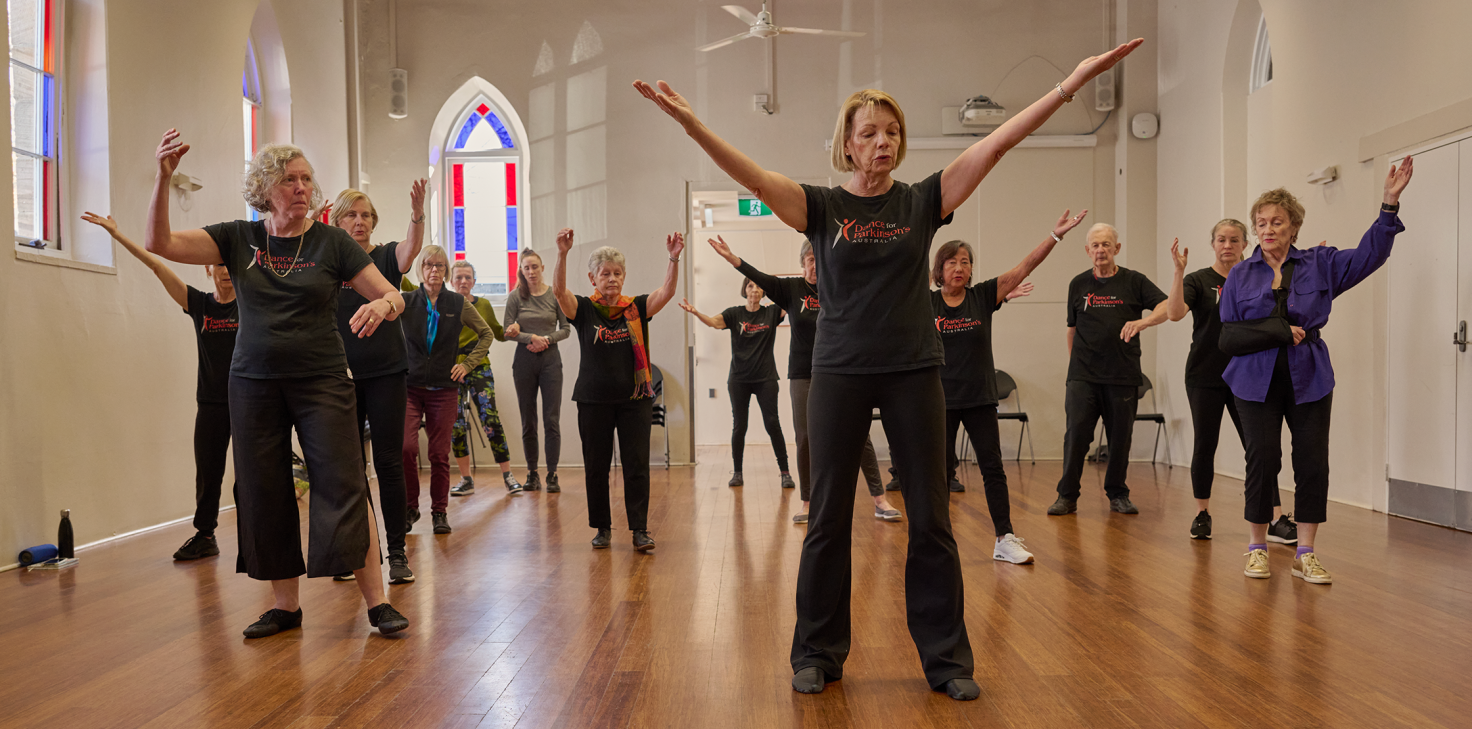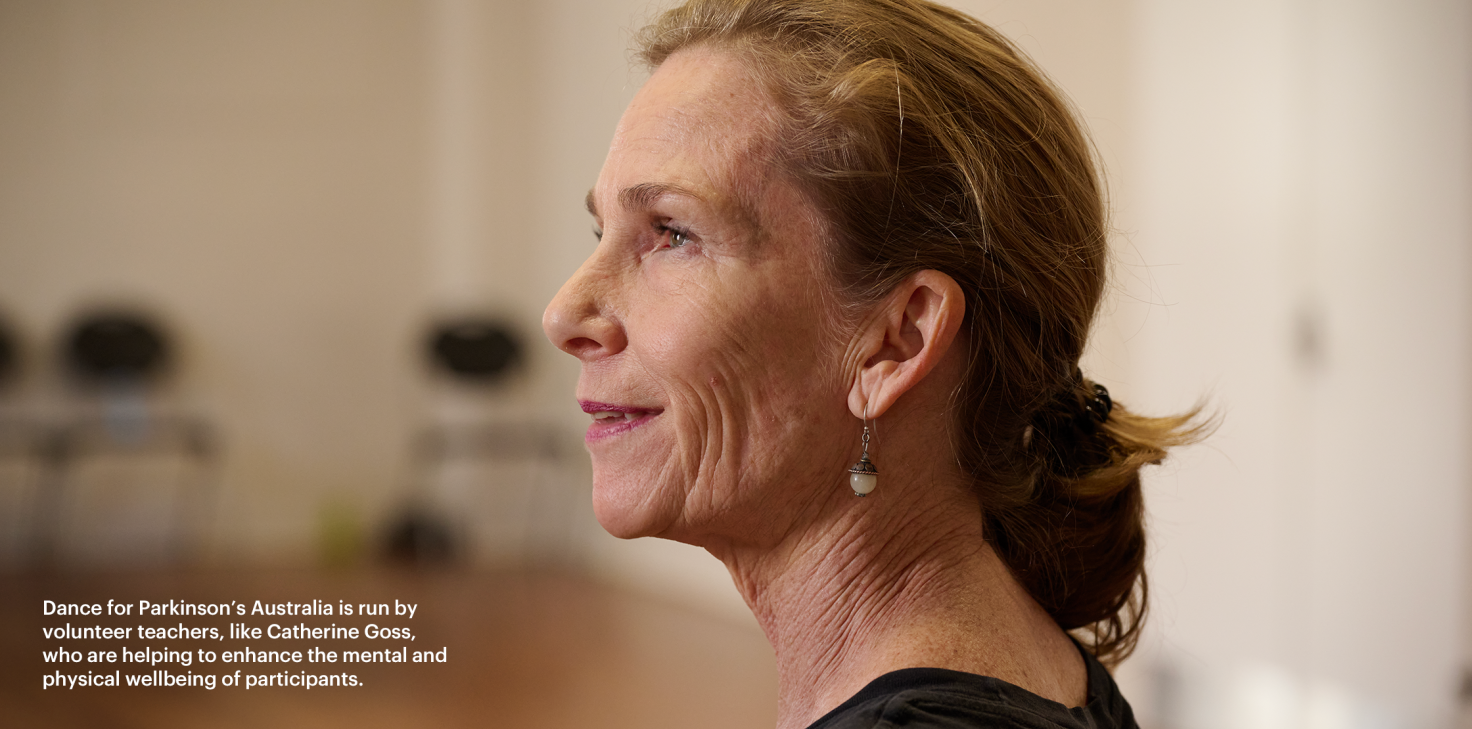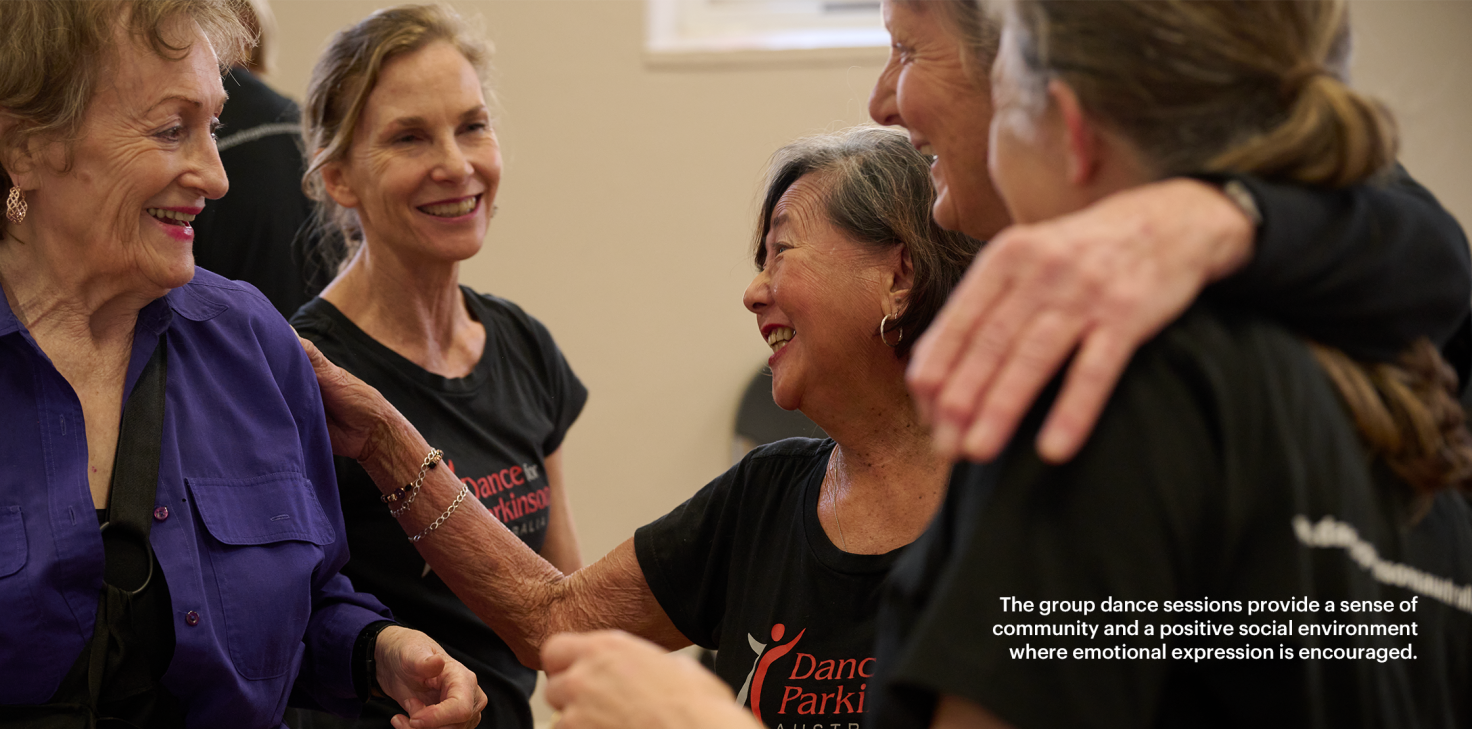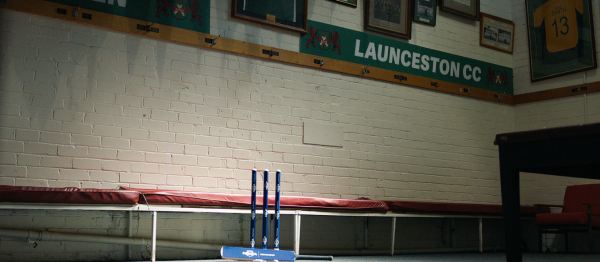17 August 2023
Igniting joy: how dance is helping transform the lives of those affected by parkinson's
Set against the backdrop of Wangal land in Sydney, this Moment of Help tells the story of how dance is elevating the well-being of individuals grappling with Parkinson's disease.

Dance for Parkinson’s Australia (DPA) is a not-for-profit group helping Australian participants harness the power of dance to enhance their physical and mental wellbeing.
Through the guidance of Catherine Goss, a professional dancer and volunteer, these transformative dance classes have been running since 2013, and she says the positive changes each week in her dancers are immediately visible.
“They feel better, they stand taller, they feel stronger and leave feeling lighter. You can see their confidence has been boosted. Everyone is so happy and grateful and thankful that they have this regular place to come and see their friends. This not only gives them physical enhancement but there’s socialisation and a sense of community that’s built within it.”

Catherine, having danced with several prestigious companies, calls teaching at DPA her ‘soul food’.
“I stepped away from the professional world for a moment to do a dementia pilot program, and a friend suggested I would be perfect for Dance for Parkinson’s. This was an opportunity to explore a different avenue of my skill set. I soon realised how wonderful it was to be in that space and how I could make people’s lives that little bit brighter using my skills.”

The classes are completely accessible for both seated and standing participants. Catherine explains that being outside of a clinical therapy setting allows individuals to lose themselves in the moment. She also maintains that everyone within the community is welcome, including caregivers, family members and friends who often join in the fun.
“There’s no right or wrong here,” Catherine assures. “Everyone is doing the best they can with the body they have got on that day. Some of our participants have been in the program since it started, so there is a gorgeous empathetic understanding between the teachers and the dancers. Our participants are the lifeblood of the program, and the teachers give them the permission to try anything.”

As Parkinson’s can cause stiffness or ‘freezing’ in parts of the body, dance offers a creative avenue to inspire fluid movement and the freeing up of limbs. While the dance is therapeutic, the music also has a big part to play in generating joyful energy.
“The music we play brings out memories of a time and place where the disease wasn’t yet relevant or prevalent,” Catherine explains. “It can evoke recollections of when they were in the dance hall as a teenager. It helps them remember when they had their freedom.”

Diagnosed with early-onset Parkinson's disease at the age of 39 more than two decades ago, Catherine's student, Susan Miles, a former midwife and mental health nurse, has since become an active advocate within the community.
“I call it a shortcut to joy,” Susan says of the classes. “I remember being at my first class and I was the youngest person in the room. I watched these people shuffle in and then walk out, standing taller, looking animated. It was an hour of magical therapy.”

She wholeheartedly agrees with Catherine when it comes to the immense power of both dance and music to revisit happy memories.
“The memories from the music can bring you back to who you were,” she reveals. “For me, it’s dancing in cages in nightclubs on Oxford Street. It was a misspent youth and it was good. Then with some of the songs, I remember my mother playing them. It takes you to those places.”

Before diagnosis, Susan had noticed tremors in her hands. As a midwife, she kept a ‘birth book’ which recorded all births she assisted. Noticing over time that she was unable to enlarge her micrographic handwriting, she visited a neurologist to be told it could be a bleed, a brain tumour, a stroke or Parkinson’s.
“They ruled out all the others and Parkinson’s was what was left. When I got the results, it was a better diagnosis than the other potentials. Then again, getting Parkinson’s at 39 isn’t exactly a great option.”
Susan shares that Parkinson’s can also come with emotional dysregulation, so it’s important that the groups offer a safe space for emotional expression.

“Sometimes you just need a cry. People here can blubber or burst into tears if they need to, and everyone is protective of each other. But for the most part, it’s just delightful. It’s motivating, moving, social and engaging.”
When asked if she has a signature move, there's no hesitation.
“I’m the ultimate opportunistic grapeviner,” Susan confesses. “If there’s an opportunity at any point for the grapevine, I will be grapevining.”
The Power of Help is within us all. Communities are stronger together. Share your Moment of Help here or to create your Moment of Help, join the Australian Resilience Corps, as we create the country’s largest army of helpers.



